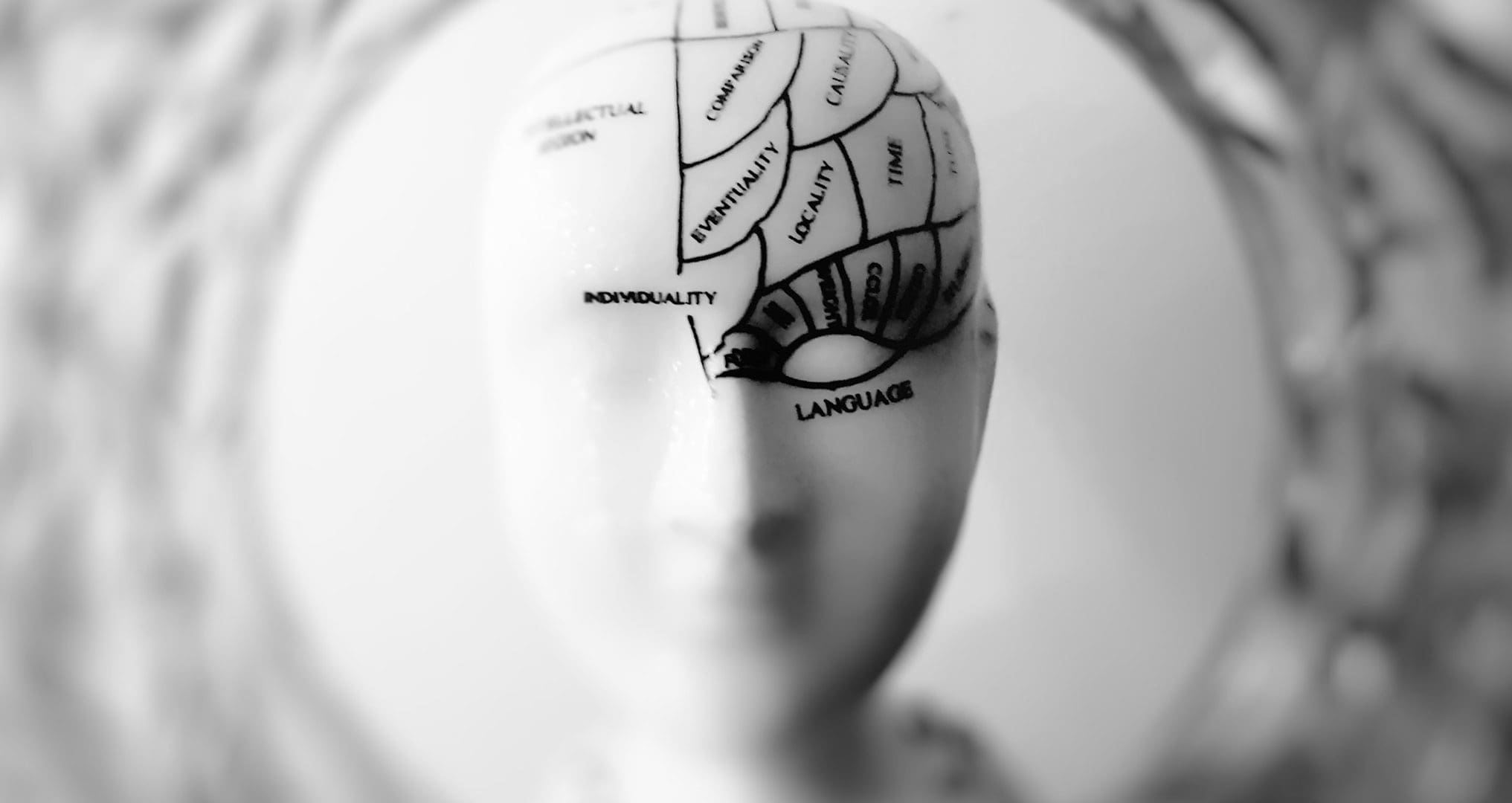At Peak Brain Centers, you will always hear the term qEEG thrown around. Not a day goes by that we’re not talking about it, analyzing it, and learning more about it through the eyes of our patients. But we often are asked, “What is a qEEG, and how does it work?”
Most people are familiar with an EEG, or electroencephalography, which is the measurement of electrical patterns on the surface of the head. These readings usually reflect the brain’s activity by monitoring electrical impulses called brainwaves. A quantitative EEG (qEEG) takes that electrical analysis and turns it into a digitized brain map. These readings are then mapped out in thermal images representing the over- or under-performance of all five types of brainwaves and their subsets. We use this data to tailor our neurofeedback to each patient.
The Brainwave Types
Brainwaves are the electrical impulses firing at all speeds 24/7 in your brain. These impulses are responsible for your behavior, emotions, and thoughts, both conscious and subconscious. Each brainwave operates at a different frequency measured by the qEEG in Hertz (Hz).
- Delta (0.5-4 Hz)
Deltas are the slowest brainwave with the highest amplitude. These are the ones we experience the most during sleep, and various levels of bodily awareness are associated with this brainwave. - Theta (4-8 Hz)
Theta brainwaves are responsible for the deep relaxation you feel while asleep or while in a daydream state. High frequencies of theta brainwaves occur in highly experienced meditation experts and usually stem from the frontal lobe, which is responsible for mental processes. Theta waves are most active during sleep or when we’re in a highly creative mental space. - Alpha (8-13 Hz)
Alpha brainwaves were the first to be discovered and are by far the easiest to observe. These waves tend to be slower and larger during a qEEG and represent the brain shifting into idle gear, waiting to be used. Alpha brainwaves also increase when we close our eyes and picture something pleasant or peaceful. - Beta (13-32 Hz)
Beta waves are most prevalent when we’re awake and alert. These brainwaves are responsible for active conversation, decision-making skills, problem-solving abilities, focus, and learning. When we’re actively thinking, Beta waves are functioning at their highest frequency levels. - Gamma (32-100 Hz)
Gamma waves are by far the fastest and smallest brainwave. These waves tell us how well your brain is functioning when it comes to being in a heightened state of perception or when you’re trying to learn something new. Gammas also help you with complicated problem-solving tasks.
The Benefits of a qEEG Brain Map
The qEEG brain maps that we produce here at Peak Brain Centers are beneficial for our clinic and our patients. Because the qEEG measures the cortical electrical activity of the brain, we can quickly identify areas of activity in the brain that are causing the neurodivergent symptoms. If specific brainwaves are too high or too low, you could be experiencing a wide range of mental health issues like anxiety, depression, PTSD, and even ADD/ADHD. When your brain cells can’t communicate correctly or at the right times, you will struggle – it’s just a fact.
What to Expect with a qEEG
If you’re ready to unleash the power of your brain, then it’s time for neurofeedback. Here at Peak Brain Centers, we use state-of-the-art qEEG equipment, which means we use only the best software and computers to help produce high-quality brain maps for our patients. The qEEG brain map session is painless and straightforward and only takes about 30 minutes of your time.
We use a cap of electrodes specifically stationed to measure the different parts of the brain and all the electrical activity occurring with your brainwaves. The cap connects to a device that captures these signals, which relays that information to the computer. The computer then produces a 3D model and quantitative analysis of what’s happening in your brain.
We record 5-10 minutes of your brain activity with your eyes closed and another 5-10 minutes with your eyes open. This gives us enough information to evaluate your brain patterns and detect any imbalances contributing directly to your mental health concerns.
Schedule Your qEEG Brain Map Today
If you’re ready to lift that brain fog, take back control over your life, and function as a better, happier you, then Peak Brain Centers is here for you. To schedule your free consult and get your qEEG brain map, contact us today at (765) 667-9720.







Leave A Comment
You must be logged in to post a comment.